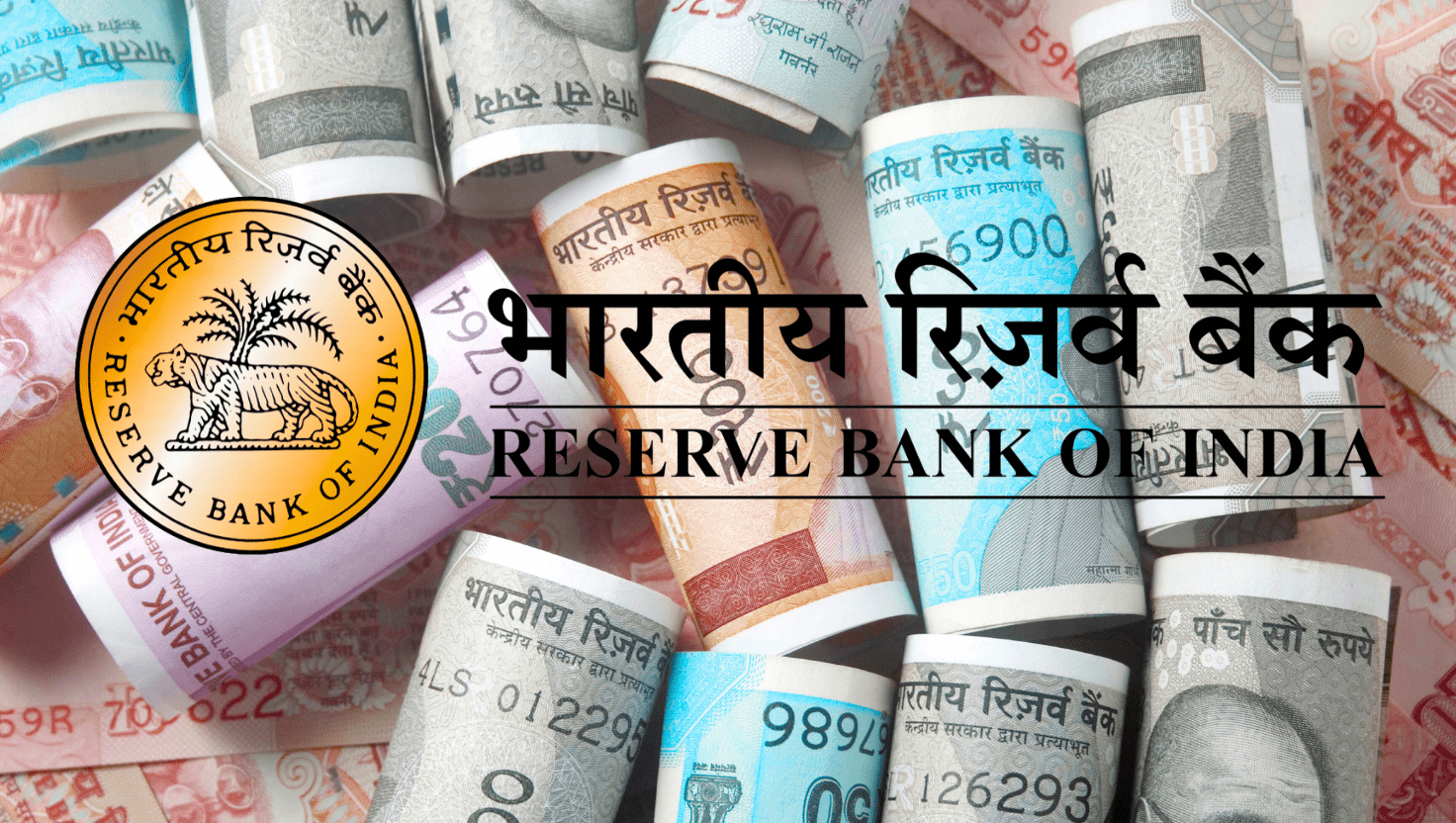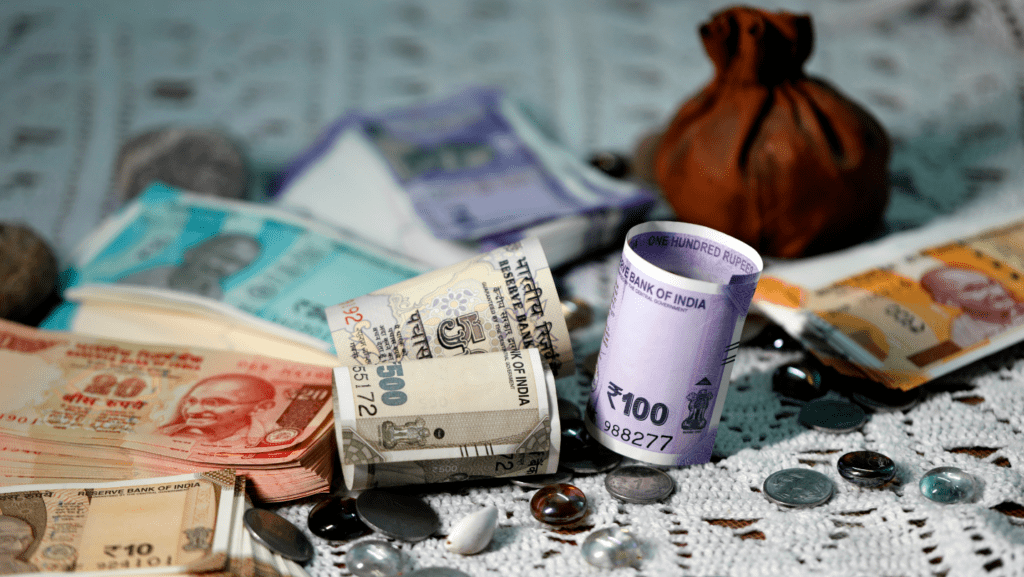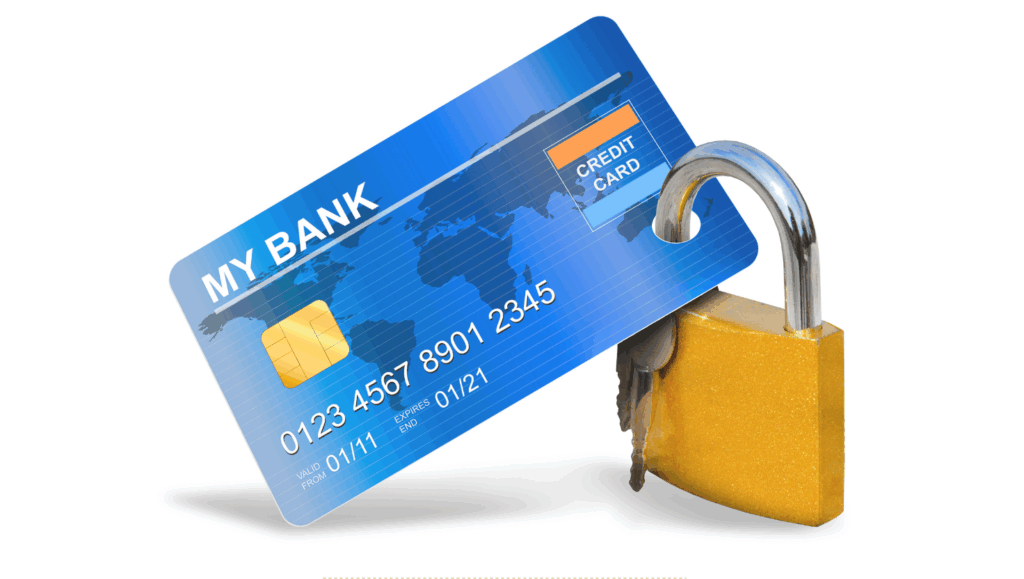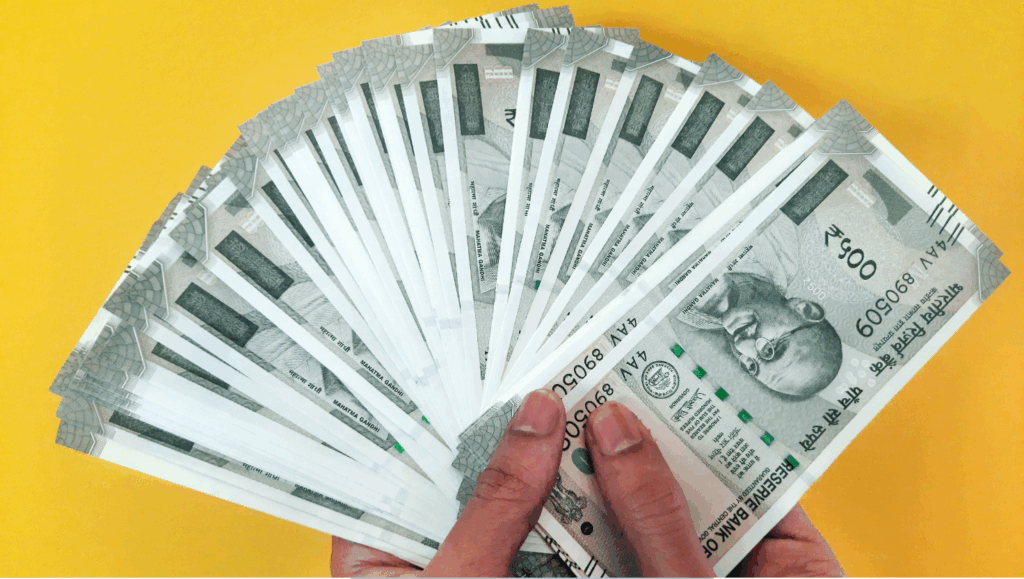
From soiled notes to mutilated cash, uncover how every bank must now swap your damaged money hassle-free. Curious about coins or rejected notes? This guide reveals hidden rules, fraud safeguards, and your rights under the RBI’s bold policy.
Walking into a bank with a crumpled, torn, or stained currency note, unsure if it’s still worth anything. Or perhaps you’re holding a pile of coins, wondering if anyone will accept them. In India, these everyday scenarios are now stress-free, thanks to the Reserve Bank of India’s (RBI) Master Direction – Facility for Exchange of Notes and Coins issued on April 3, 2023. This groundbreaking directive is transforming how banks handle currency exchange, ensuring seamless access to fresh notes and coins for everyone. But what makes this policy so revolutionary? Why should you care? And what hidden details might surprise you? Let’s dive into this suspenseful tale of India’s currency evolution, packed with the latest data.
The Currency Conundrum: Why This Matters
In a country as vast and diverse as India, cash remains king. From bustling urban markets to remote rural shops, currency notes and coins drive daily transactions. But what happens when your money is soiled, mutilated, or simply too worn out? Until recently, exchanging damaged notes or coins often meant long queues, confusion, or even rejection at bank counters. The RBI’s April 2023 directive changes all that, mandating banks to provide robust, customer-friendly exchange services. This isn’t just a policy update—it’s a game-changer for millions. Curious about how it works? Let’s uncover the details!
Key Highlights of the Master Direction
The RBI’s directive is a comprehensive roadmap for banks to ensure that every Indian can access fresh, usable currency without hassle. Here are the core pillars:
- Mandatory Services at All Bank Branches: Every bank branch in India, from metropolitan cities to small towns, must offer three key services:
- Issuing fresh, good-quality notes and coins of all denominations.
- Exchanging soiled, mutilated, or defective notes free of charge.
- Accepting coins and notes for transactions or exchange without discrimination.
- Expanded Definition of Soiled Notes: A soiled note is now broadly defined as any note that’s dirty due to wear and tear or a two-piece note pasted together, as long as both pieces form the complete note. This liberalized definition makes it easier to exchange slightly damaged notes.
- Special Handling for Mutilated Notes: Mutilated notes—those missing parts or composed of multiple pieces—are accepted and adjudicated under the Reserve Bank of India (Note Refund) Rules, 2009 (NRR, 2009), amended in 2018 to accommodate newer Mahatma Gandhi series notes.
- No Refusal of Small Denominations: Banks cannot refuse small denomination notes or coins, including 50 paise, ₹1, ₹2, ₹5, ₹10, and ₹20 coins, all of which remain legal tender.
- Public Awareness and Grievance Redressal: Banks must publicize these facilities and display notice boards with the legend, “SOILED/MUTILATED NOTES AND COINS ARE ACCEPTED AND EXCHANGED HERE.” If a bank fails to comply, customers can escalate complaints to the RBI Ombudsman.
But there’s more to this story than meets the eye. Why did the RBI introduce these changes? And what surprising challenges do they address? Let’s dig deeper.
The Backstory: Why Now?
India’s currency landscape has faced turbulent times. The 2016 demonetization of ₹500 and ₹1,000 notes, followed by the introduction of ₹2,000 notes, shook the economy. By May 2023, the RBI announced the phased withdrawal of ₹2,000 notes, with over 98% returned by October 2023, reducing their circulation value to ₹6,970 crore from ₹3.56 lakh crore. This left many wondering: what happens to damaged or withdrawn notes? The April 2023 directive was the RBI’s proactive response to ensure a smooth transition and maintain public trust in the currency system.
Moreover, the rise of digital payments hasn’t diminished cash’s importance. RBI data shows that cash-in-circulation grew by 7.8% in 2024-25, reflecting its enduring role. Yet, issues like counterfeit notes, damaged currency, and reluctance by banks to accept coins persisted. The directive tackles these head-on, ensuring that no one is left stranded with unusable money. But here’s the twist: not all notes are treated equally. Some require special handling, and others might even be rejected. Intrigued? Let’s explore!
The Intriguing Details: What You Need to Know
1. Soiled Notes: Easier Than Ever to Exchange
Soiled notes—those worn out by daily use—are now easier to exchange. If you have up to 20 soiled notes worth ₹5,000 or less per day, banks must swap them over the counter, free of charge. For larger quantities, banks accept them against a receipt, with the value credited later. This streamlined process ensures quick relief for anyone holding slightly damaged currency. But what about notes that are more than just soiled?
2. Mutilated Notes: A Special Journey
Mutilated notes, missing parts or pieced together, follow a different path. If you have up to 5 mutilated notes, non-chest bank branches can adjudicate them on the spot or send them to a currency chest branch for processing within 30 days. For more than 5 notes or values exceeding ₹5,000, you’ll need to visit a currency chest branch or send them via insured post. The exchange value is credited electronically, ensuring transparency. But here’s a shocker: not all damaged notes qualify for exchange.
3. Extremely Damaged Notes: The RBI’s Domain
Notes that are extremely brittle, burnt, charred, or stuck together can’t be handled by regular banks. These require adjudication at one of the 19 RBI Issue Offices, like those in Ahmedabad, Bengaluru, or Mumbai. The RBI uses a “Special Procedure” to assess their value, adding an element of mystery to the process. Why such strict rules? It’s all about preventing fraud and ensuring fairness.
4. Deliberately Damaged Notes: A Red Flag
Here’s where things get suspenseful. Notes that appear deliberately cut, torn, or tampered with are rejected under NRR, 2009. Banks are trained to spot “broad uniformity” in damage patterns, especially when large numbers are presented. Such cases are reported to the RBI and local police, hinting at potential fraud. This clause protects the system but raises questions: how do banks decide what’s deliberate? The answer lies in the training of “Prescribed Officers.”
5. Training and Accountability: The Unsung Heroes
Every bank branch has a “Prescribed Officer”—typically the branch manager—who adjudicates mutilated notes. These officers undergo periodic RBI training to ensure accurate assessments. They stamp notes with “PAY,” “PAID,” or “REJECT,” recording their decisions to prevent misuse. Banks also submit monthly reports to RBI Issue Offices, ensuring accountability. But what happens if a bank refuses to cooperate?
6. Grievance Redressal: Your Voice Matters
If a bank denies exchange services or mishandles your request, you can escalate the issue to the RBI Ombudsman under the Integrated Ombudsman Scheme, 2021. Complaints can be filed online at https://cms.rbi.org.in or sent to the RBI’s Chandigarh office. This robust mechanism ensures that banks stay compliant, adding a layer of trust to the system. But there’s one more surprise: some notes are outright rejected.
7. Notes with Slogans or Scribbles: A Legal Twist
Notes with political or religious slogans, or excessive scribbling, lose their legal tender status under NRR, 2009. These are rejected for exchange and sent to RBI offices for disposal. However, notes with minor stains or scribbles remain valid and can be exchanged. This distinction highlights the RBI’s Clean Note Policy, aimed at keeping currency fit for circulation. Curious about coins? They have their own story.
8. Coins: No More Neglect
Coins, often ignored in transactions, get special attention. Banks must accept ₹1 and ₹2 coins by weight and provide sachets of 100 coins for convenience. All coins from 50 paise to ₹20 remain legal tender, and banks cannot refuse them. The directive also notes that coins of 25 paise and below ceased to be legal tender in 2011, a reminder of India’s evolving currency landscape.
The Hidden Challenges: What’s at Stake?
Despite its clarity, the directive faces hurdles. Some banks may lack trained staff or infrastructure to handle bulk exchanges, leading to delays. Rural branches, in particular, struggle with currency chest connectivity. The RBI counters this with surprise inspections by regional managers and strict penalties for non-compliance. Yet, public awareness remains a bottleneck. Many Indians are unaware of their rights under this directive, underscoring the need for widespread publicity.
The RBI’s push for notice boards and public campaigns aims to bridge this gap. But here’s a thought-provoking question: how many of us check bank notice boards? The directive’s success hinges on proactive communication, making it a shared responsibility between banks and customers.
The Bigger Picture: A Step Toward Financial Inclusion
This directive isn’t just about exchanging notes—it’s about trust in India’s financial system. By ensuring that every citizen, from urban professionals to rural farmers, can access usable currency, the RBI reinforces financial inclusion. The liberalized definitions, streamlined processes, and robust grievance mechanisms reflect a customer-centric approach. But there’s a broader impact: curbing counterfeit currency and black money.
The RBI’s focus on rejecting deliberately damaged notes and training officers aligns with its anti-counterfeiting efforts. Post-2016 demonetization, the introduction of security features in new notes and the withdrawal of ₹2,000 notes have tightened the noose on fake currency. This directive ensures that damaged genuine notes don’t fall through the cracks, maintaining the integrity of India’s cash economy.
Why You Should Care: Practical Tips for You
So, how can you make the most of this directive? Here are actionable tips:
- Check Your Notes: Look for soiled or mutilated notes in your wallet. Up to 20 soiled notes (₹5,000 max) can be exchanged instantly at any bank.
- Visit Currency Chest Branches: For bulk or mutilated notes, head to a currency chest branch or use insured post to send them to an RBI Issue Office.
- Know Your Rights: If a bank refuses service, note the branch details and file a complaint with the RBI Ombudsman.
- Spread Awareness: Share this information with family and friends, especially in rural areas, to ensure everyone benefits.
The Future of Currency Exchange
As India marches toward a digital economy, cash will coexist with UPI and card payments. The RBI’s directive lays a strong foundation for a hybrid financial ecosystem, ensuring that cash remains accessible and reliable. Future updates may include tech-driven solutions, like mobile apps for tracking exchange requests or AI-based note adjudication. For now, the April 2023 directive is a bold step toward a cleaner, fairer, and more inclusive currency system.
Conclusion: A Currency Revolution Unfolds
The RBI’s Master Direction – Facility for Exchange of Notes and Coins of April 3, 2023, is more than a policy—it’s a promise to every Indian that their money, no matter its condition, has value. From soiled notes to mutilated currency, from coins to grievance redressal, this directive redefines how we interact with cash. It’s a story of trust, inclusion, and resilience, with a dash of suspense in its fight against fraud. So, the next time you hold a crumpled note, remember: the RBI has your back. Curious to learn more? Visit rbi.org.in or your nearest bank branch to uncover the full power of this currency revolution!
Disclaimer: The use of any third-party business logos in this content is for informational purposes only and does not imply endorsement or affiliation. All logos are the property of their respective owners, and their use complies with fair use guidelines. For official information, refer to the respective company’s website.






























